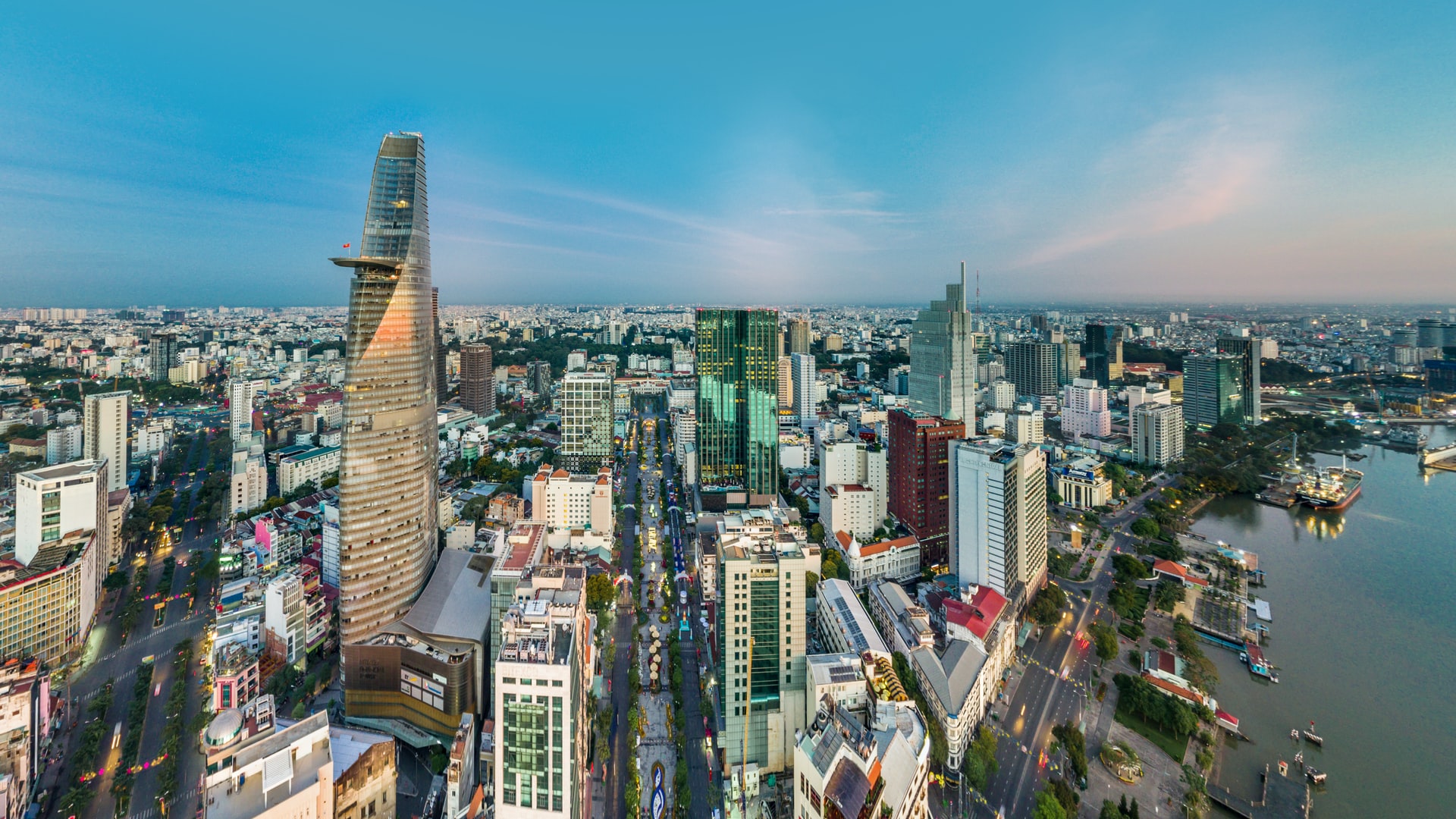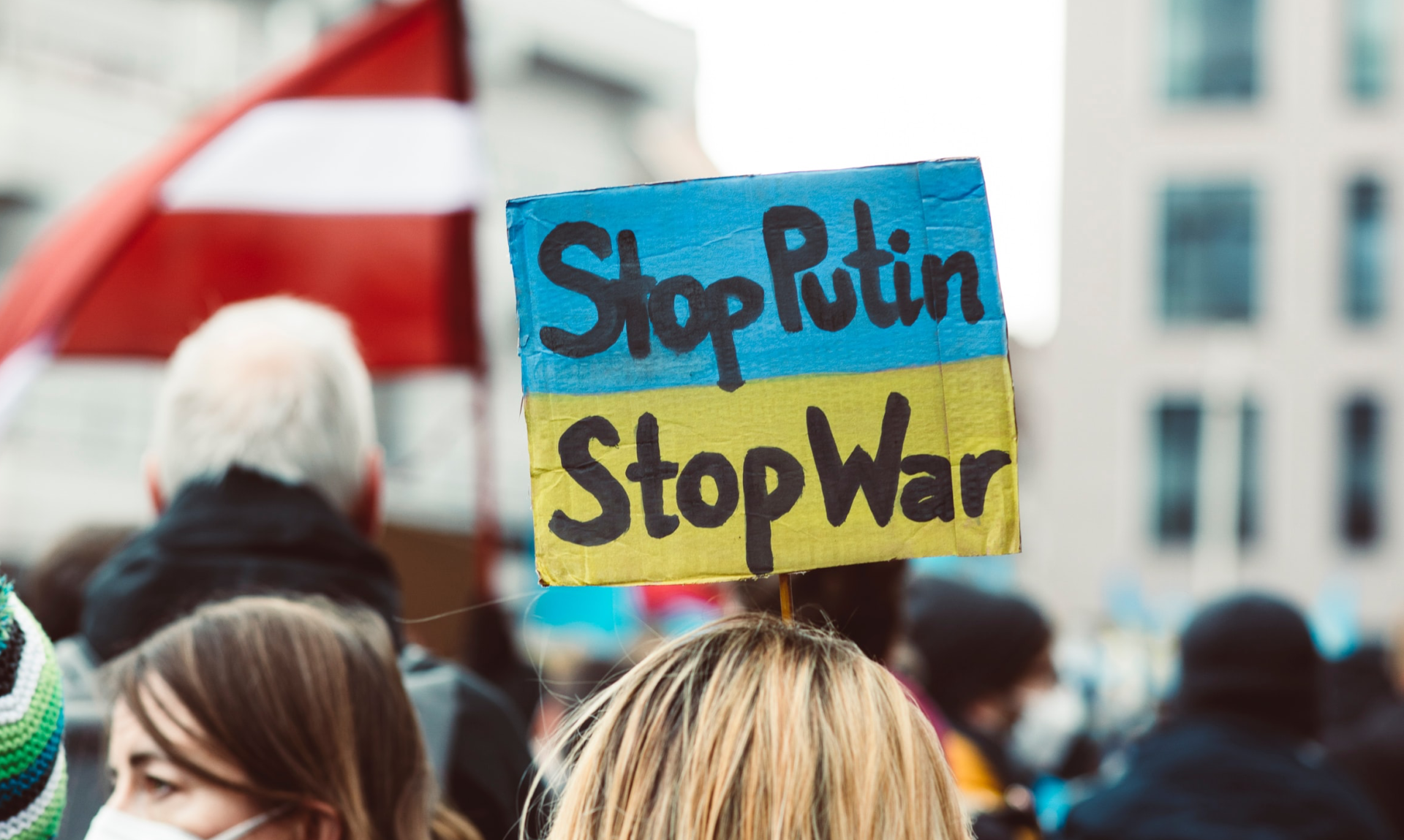Enhancing Asian Economic Development Post-COVID
In a recently published report by the Asian Development Bank, the overall outcome for Asia is expected to look positive leading to 2021. China and Vietnam are expected to show positive GDP growth nearing 2% in 2020. In fact, China is expected to register over 7% GDP growth in 2021. The country was quick in containing the pandemic and its economy and manufacturing facilities have resumed operations in full swing.
On the other end of the spectrum are Asian countries such as Indonesia, Malaysia, Thailand and the Philippines. Thailand, in particular, is expected to suffer the highest GDP contraction of 8% in 2020. This is primarily due to lockdowns and social distancing measures hampering the travel and tourism industry – the key sector that fuels Thailand’s GDP growth.
More Collaboration is Needed
Asian countries have been active in collaborating on several issues and have often found common ground. But at times not much is achieved in terms of actual results. This is despite well-meaning announcements being made at international platforms. Amid this, the pandemic arrived almost like a litmus test – putting regional collaboration to test.
In a knee-jerk reaction, most Asian countries decided to close their borders and dealings with China, rather than working with the global powerhouse in finding a solution to the pandemic.
The ideal scenario could have been of China and its neighboring countries being more proactive rather than reactive. Horasis is also of the strong belief that much could have been achieved in the initial days if there was a working and open cooperation between China and its neighboring countries. But what is important now is to learn from this experience and pave a more collaborative future. To this effect, Horasis is convening its Asia Meeting this year as a virtual event bringing together 400 of the foremost business and political leaders from across Asia and the world. The motive is to work together to arrive at amicable solutions for Asia’s post-COVID future.
What Hurdles Still Remain
Asia is home to diverse cultures and traditions – some liberal and some rooted in age old beliefs. The fact remains that economic growth and open culture go hand in hand. Stringent adherence to conservative age-old policies typically imply a narrower future outlook There is, of course, no harm in furthering tradition and culture but when it becomes an impediment to socio-economic growth, it is then worthwhile to reconsider such efforts. Are they really serving the greater good?
Countries that chose to close their boundaries to outside influence show slower growth. It is only with working hand-in-hand with other developed economies can they stand to emerge from this pandemic induced crisis. No country can prosper by adopting an isolationist stance. The prevailing times must implore governments and citizens alike to understand the urgent need for collaboration with international partners on common issues plaguing them. Differences regarding cultures and tradition must be kept aside while working towards a common goal – a livable future that extends greater inclusivity for all sections of society.
Some Countries Lead by Example
History is rife with examples of countries that have progressed both culturally and economically due to their cooperative stance during crises. Such economies also attract talented individuals and businesses looking for international expansion and growth. The desire to collaborate and initiate international dialogue among regional partners is the first step that comes naturally to such countries. In allowing the congregation of diverse cultures, Asian countries such as Singapore and Vietnam have been able to maintain GDP growth even amid the pandemic.
Singapore has been an outlier from the start due to the formation of favorable policies both domestically and internationally. Free trade agreements with strategic partners both in ASEAN and otherwise, coupled with the ease of doing business has made Singapore a global powerhouse. Vietnam is also making steady inroads in the global arena. It has earned recognition for its deft handling of the pandemic owing to its ability to promptly mobilize damage control protocols. It was subsequently able to open its economy for business as usual.
The Only Way Forward
The pandemic will usher in new realities that individuals, businesses and governments have to contend with. Several fronts will need an extensive overhaul. Past laurels cannot be held onto as beacons for future progress. Starting on a new slate will, no doubt, be a herculean task for most but collaboration will be key in achieving this. The pandemic must be looked upon as an inflection point – one that can be used to shape better policymaking that will boost multilateralism. Only then will the world have demonstrated the adoption of higher ideals. And the Horasis Asia Meeting is one step in that direction.
Photo Caption: The Saigon skyline. Vietnam is one of the few countries in Asia expected to show positive growth in 2020.




